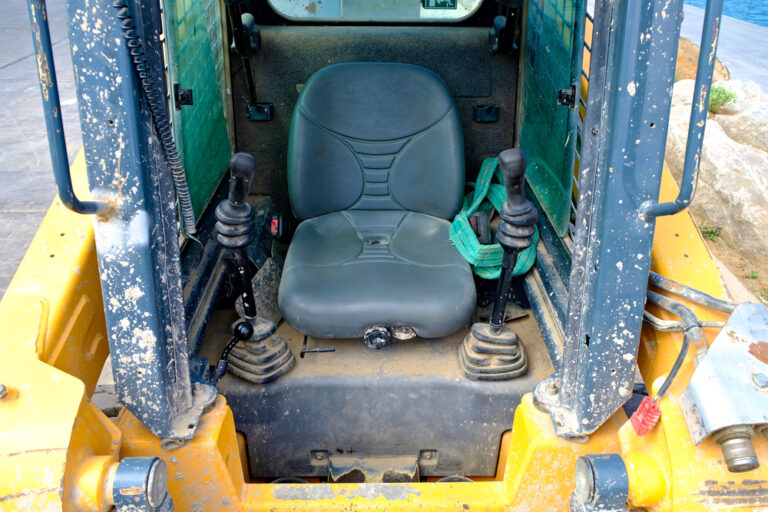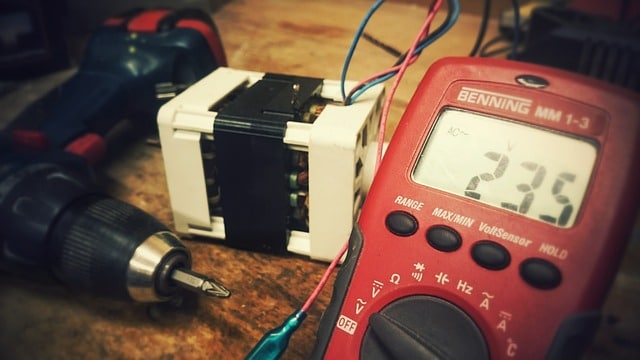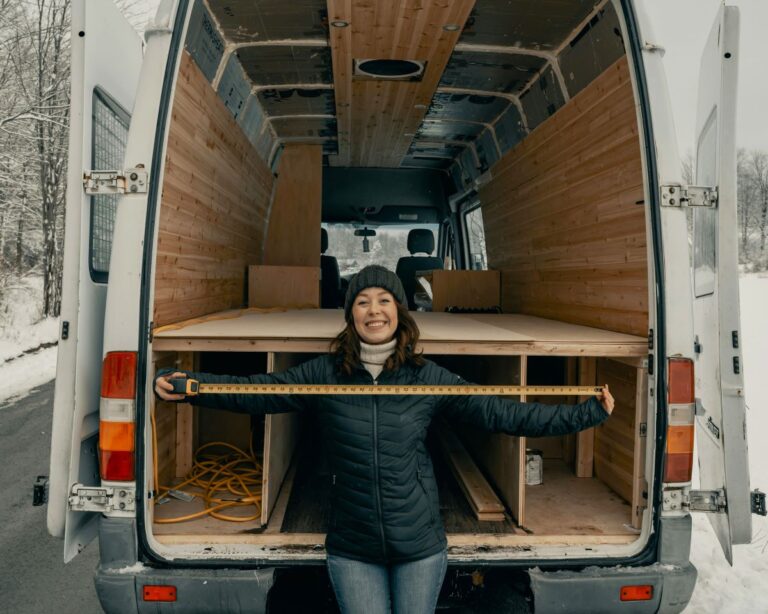Introduction
There is no one-size-fits-all answer to the question of what is the best seating for a tradie using machinery and heavy equipment. However, there are some factors that should be considered when choosing a seat for this type of work.
First, the seat should be comfortable and supportive, as the tradie will be sitting for long periods of time.
Second, the seat should be adjustable to accommodate different body sizes and shapes. Third, the seat should be designed for the specific type of machinery and equipment being used.
Finally, the seat should be easy to clean and maintain.
The Importance Of Finding A Seat That Is Comfortable And Ergonomic
There are many reasons why finding a comfortable and ergonomic seat is important for heavy machinery.
First, operator comfort is important to reduce operator fatigue and improve productivity.
Second, a comfortable and ergonomic seat can help reduce the risk of musculoskeletal disorders (MSDs) such as back pain and neck pain.
Third, a comfortable and ergonomic seat can improve the quality of the operator’s work by reducing the number of errors and increasing the speed and accuracy of work tasks.
Finally, a comfortable and ergonomic seat can help to create a positive work environment by making the operator’s job more enjoyable and less stressful.
Different Brands Of Seating That Are Available For Machinery And Heavy Equipment
KAB 61K4
This KAB 61K4 seat features extra heavy-duty mechanical suspension with the highest operator rating in the KAB range of 170kg. This seat has the latest design features for construction and earthmoving equipment including excavators, loaders, bulldozers and graders.
- Manual weight adjustment, 80-170kg
- Fore and Aft adjustment of 200mm
- 5 position lumbar support
- Seat cushion slide and tilt of 50mm
Options include:
- Armrests
- Lap seatbelt or,
- 3-point lap/diagonal belt or,
- 4-point harness
KAB 515
This seat has been designed for construction and earthmoving equipment including excavators, loaders, dozers, and graders. The KAB 515 seat features heavy-duty mechanical suspension rated to 150kg. The mid-height backrest provides superior lumbar support to protect your back. Featuring integrated height and tilt adjustment this seat is very versatile.
- Manual weight adjustment, 80-150kg
- Fore and Aft adjustment of 200mm
- 60mm seat height and tilt adjustment
- 5 position lumbar support
- Factory fitted adjustable armrests
Optional vinyl trim available.
KAB 565
This KAB 565 heavy machinery seat features extra heavy-duty 24-volt air suspension. This seat has the latest design features for construction and earthmoving equipment including excavators, loaders, and graders.
- Manual weight adjustment, 80-150kg
- Fore and Aft adjustment of 200mm
- 5 position lumbar support
- Integrated 24-volt air compressor
- 60mm seat height and tilt adjustment
Optional armrests available
How To Choose The Best Seating For Each Individual
There is no one-size-fits-all answer when it comes to choosing the best seating for heavy machinery operators. The type of machine, the operator’s size and shape, and the task at hand all play a role in determining the best seat for the job.
Here are a few tips to help you choose the best seating for your heavy machinery operators:
Consider The Type Of Machine Being Operated
Different machines require different types of seating. For example, a forklift operator will need a different type of seat than an excavator operator. Make sure to choose a seat that is designed for the type of machine being operated.
Consider The Operator’s Size And Shape
Not all seats are created equal. Some seats are better suited for larger operators, while others are better for smaller operators. Make sure to choose a seat that will be comfortable for the operator, regardless of their size and shape.
Consider The Task At Hand
Different tasks require different types of seating. For example, an operator who is frequently getting in and out of the cab to perform other tasks will need a different type of seat than an operator who remains in the cab for the entirety of their shift.
Test It Out
Once you’ve narrowed down your choices, have the operators test out the seats to see which one is the most comfortable. There is no substitute for real-world testing when it comes to finding the best seat for the job.
Get Feedback
Make sure to get feedback from the operators after they’ve had a chance to use the seats. They may have suggestions for improvements or may have found a different seat that they prefer.
Choosing the best seating for your heavy machinery operators is a critical part of keeping them safe and comfortable on the job. By following these tips, you can be sure that you’re choosing the best seat for each individual operator.
Conclusion
There is a wide variety of heavy machinery seating on the market, and the right seat for a particular operator and machine depends on many factors. These include the operator’s size and weight, the type of machine being used, the work environment, and the operator’s preferences.
When choosing a seat for a particular operator and machine, it is important to consider all of these factors to ensure that the seat is comfortable and safe.
Get your business noticed by creating an online directory listing. Listings are FREE and you can create as many as you need.
- Get found by locals



